Britain's holiday hotspots – and the crowd-free alternatives you should visit instead
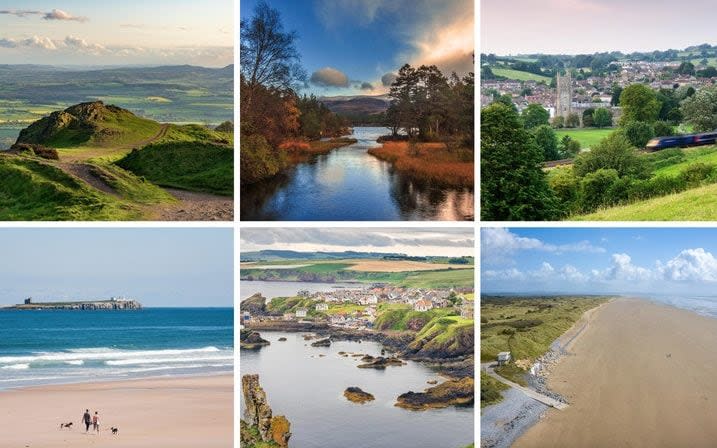
Grid-locked roads and overcrowded seaside towns may dampen the post-lockdown spirit. Some 400,000 people are expected to travel to Cornwall in the next week, for example. The Bank Holiday and school half term are allowing Britons to take advantage of the further easing of restrictions. Plus, the expected mini heatwave makes the coast all that more enticing.
Rather than following the holiday hordes to St Ives or Newquay, why not try a glorious trip to a quieter coastal spot? Or perhaps you're looking for a countryside escape? Then forgo the Lake District for a Scottish alternative.
Be aware that demand is at a high, and self-catering spots are largely booked up for half term. These destinations may fling up last-minute treasures, however. If driving time allows, many are also perfect for a day trip.
Ditch the Cotswolds, and try Somerset
In Somerset, the villages are not only quieter but – should one care about such things – a great deal cooler than the Cotswolds will ever be.
Everyone knows creative, laidback Bristol, and enduringly beautiful Bath. But in the last five years, the Somerset that lies south of these two cities has secretly been nurturing trendy little pockets that every stylish and discerning traveller should mark on their to-do lists. Art-lovers should first make a beeline for Frome and Bruton, two towns now on the radar in east Somerset.
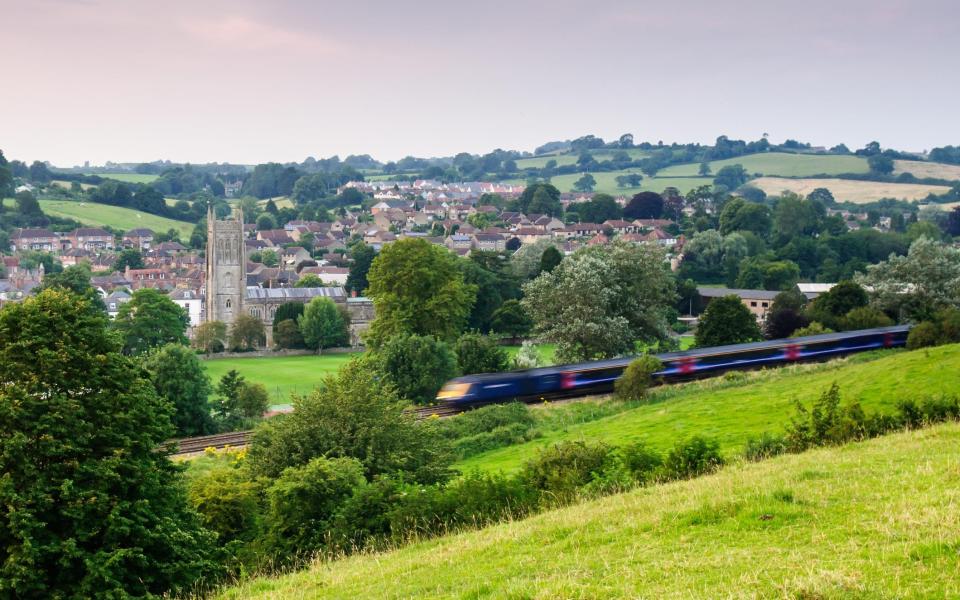
Frome is the larger – a wool town that has held markets and fairs since the Middle Ages. Its winding streets are crammed with historic buildings but it is now most famous for its creative community and independently-run council. It is beloved by hipsters and holds one of England's best destination markets – the monthly Frome Independent. There is also an enviable selection of arty cafes and microbreweries to spend an evening in. For now, the best place to stay and dine at is Archangel, a lively converted pub and restaurant right in the centre of town.
Bruton is a 12-minute train ride away, a tiny town put on the map by the opening of an outpost of the international Hauser & Wirth contemporary art gallery. Utilising old farm buildings (one of which you can stay in), the gallery is set beside a working farm, gardens that feature large sculptures and the excellent Roth Bar & Grill – a buzzing spot from breakfast right through to dinner. For ideas on where to stay, read our guide to the best hotels in Somerset.
Natalie Paris
Forget the Lake District, and try the Cairngorms
While competing with Exmoor for the alluring title of “UK’s least visited national park”, the Cairngorms have a few other tricks up their sleeves. Spread over 1,748 square miles – twice the size of the Lake District – this is the largest national park in the land and a truly massive area of mountains, forests, rivers, lochs and wildlife sanctuaries, with friendly villages and distilleries to provide the essential bunks and drams.

Come prepared. Five of our six highest mountains lie within, alongside 55 Munros – mountains over 3,000 ft – and, as seasoned walkers will tell you, hikes here often involve long approaches. The weather can turn faster than the local mountain hares, which puts off the fair-weather softy-strollers, leaving it even quieter for hardier folk. The arctic-alpine tundra-like environment is a habitat for golden eagles, ptarmigan and capercaillie, and wild camping is encouraged. Want to forget that other people, cities, civilisation exist? Last year the area southwest of the Glenlivet distillery was named the most northerly Dark Sky Park in the world.
Chris Moss
Instead of Cornwall, head to Northumberland
If you’re looking for wild, this is something that Northumberland has in spades. With vast, empty beaches, more castles than you can count, and fresh local produce, England’s most northern county is quietly hiding in plain sight.
Berwick-upon-Tweed is just about as far north as you can get in England. In the beautiful border lands to the west, which inspired the likes of Turner and Lowry, the river Tweed cuts through golden fields, recently harvested. Walks along the water’s edge are accompanied by the sound of cattle, sheep, leaping salmon and heron on the wing. It’s an incredibly peaceful part of the world, and it is easy to see how fishermen can while away hours staring at the scenery, repeatedly casting their lines as the cool water slowly creeps up their waders.
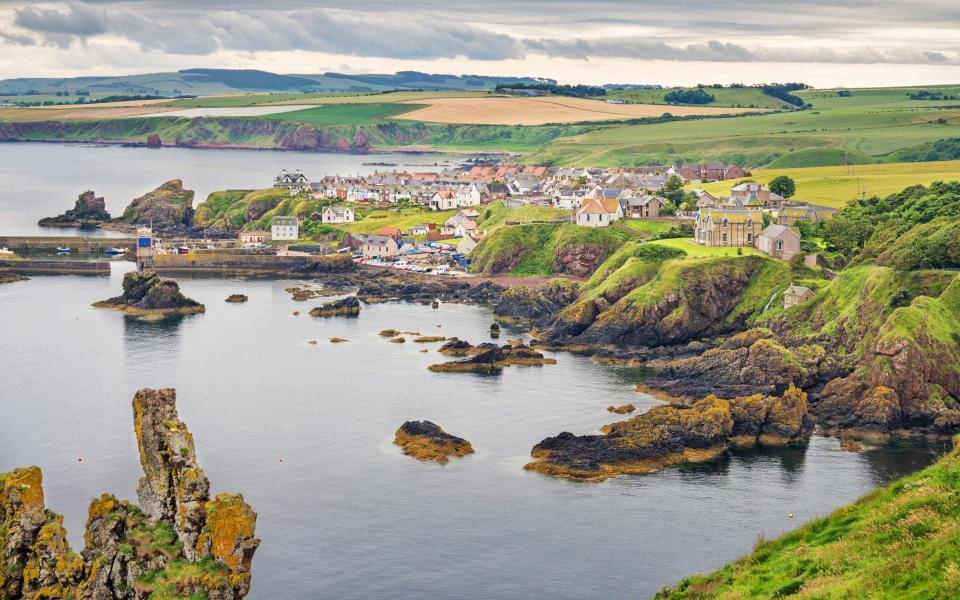
To the east you will find some of the country’s most dramatic coastal scenes; blustery St Abb’s Head across the border in Scotland is a great place for a walk if you’re looking for a place to blow away the cobwebs. To the south, you’ll be hard-pressed to find more idyllic scenery. Cheswick Sands and Cocklawburn Beach are around a 15-minute drive from the walled town of Berwick, and are both quiet, pretty spots for a day out on sand that is so gloriously soft it feels as though you’re plunging your toes straight into grandma’s baking – the consistency of butter mixed with sugar. If you head further south, you’ll find the incredibly popular sites of Lindisfarne, Bamburgh Castle, Dunstanburgh Castle and Alnwick Castle. There are some beautiful places to stay, too; see our pick of the best hotels in Northumberland.
Penny Walker
Move over Yorkshire Dales, it's Lancashire's Ribble Valley's time
Make like her majesty and head to the Forest of Bowland, a firm favourite of the Queen and an area of Outstanding Natural Beauty – also crowned the happiest place in Britain. Instead of crowds, you’ll find a peaceful retreat with grand natural landscapes of emerald forests, heather-clad hills, deep dales and babbling brooks; where you're more likely to encounter deer, ducks and sheep than tourists.
Get away from it all hiking up fells like Longridge, Sykes or Waddington or ambling around the stunning Langden Brook Valley where views are out of this world.
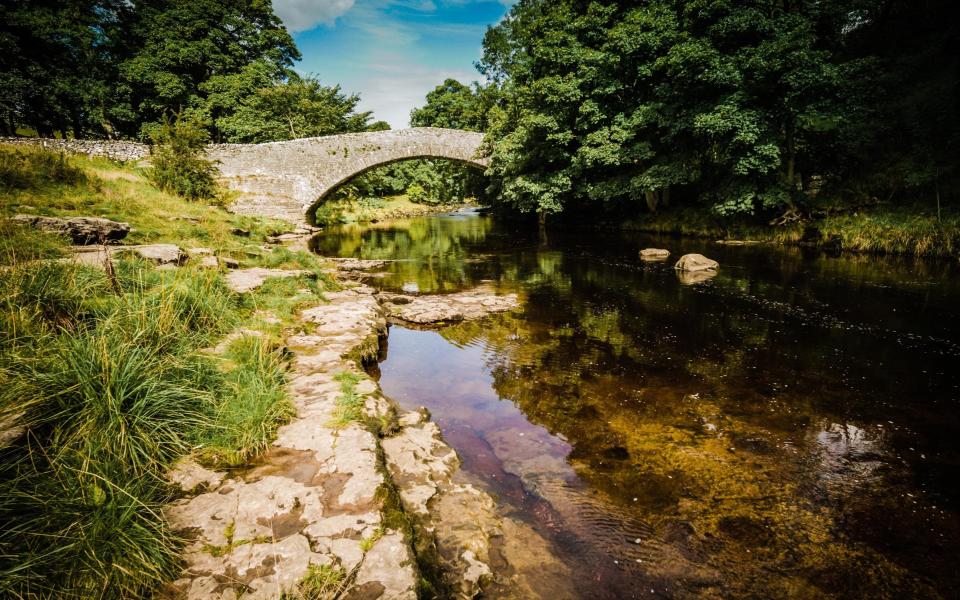
Wherever you roam, walking in the steps of Cromwell along the Tolkein Trail or circling Stocks Reservoir, all roads lead to a strong cuppa and a slab of cheese and onion pie, or a tasty hot pot in pretty villages with tea shops aplenty and gourmet pubs galore. Try The Coach & Horses in Bolton by Bowland, the Higher Buck in Waddington or The Freemason’s at Wiswell. In Whalley, where the county’s three rivers – the Ribble, the Hodder and the Calder meet, trendy café Deux Amis does delightful designer coffee.
Renate Ruge
Ignore Pembrokeshire, and go for Carmarthenshire
This criminally unsung county’s shore is the Cinderella of the Welsh coast, overshadowed by the Gower to the east and rugged Pembrokeshire to the west. Yet the generous curves of Carmarthen Bay are draped with gold – notably the eight-mile stretch at Cefn Sidan, Wales’s longest beach. Swimmers and sandcastle architects are drawn to this broad strand, along with photographers capturing views across the ribs of decaying shipwrecks to the Gower.
Beyond its grassy dunes stretches Pembrey Country Park, a 500-acre wooded hinterland offering a host of family-friendly activities including cycling, nature trails and even a dry ski slope.

Across the Tywi estuary to the west you’ll find the smooth sweep of Pendine Sands, site of several world land speed record attempts, and lovely Morfa Bwchan, a more peaceful swimming spot. Dylan Thomas found inspiration in “The heavenly music over the sand / Sounds with the grains as they hurry”; visit his Boathouse in nearby Laugharne, where you can also sip a pint in Brown’s Hotel, reputedly his favourite watering hole. Bed down in Mansion House Llansteffan, a Georgian restaurant with rooms overlooking a delightful cockle-speckled beach guarded by the ruins of a Norman castle. For more ideas on where to stay, read our guide to the best hotels in Wales.
Paul Bloomfield
Eschew the Peak District, for the Shropshire Hills
Criminally – some would say thankfully – overlooked by most visitors, the uplands south of Shrewsbury pack in a surprisingly varied array of crags, valleys, ancient sites and natural delights. Of the claimed 50 hills, perhaps best known to walkers is the Long Mynd, the broad-shouldered ridge above Church Stretton – swathed in heath, traversed by the ancient Portway, littered by archaeological sites, it’s endlessly rewarding.
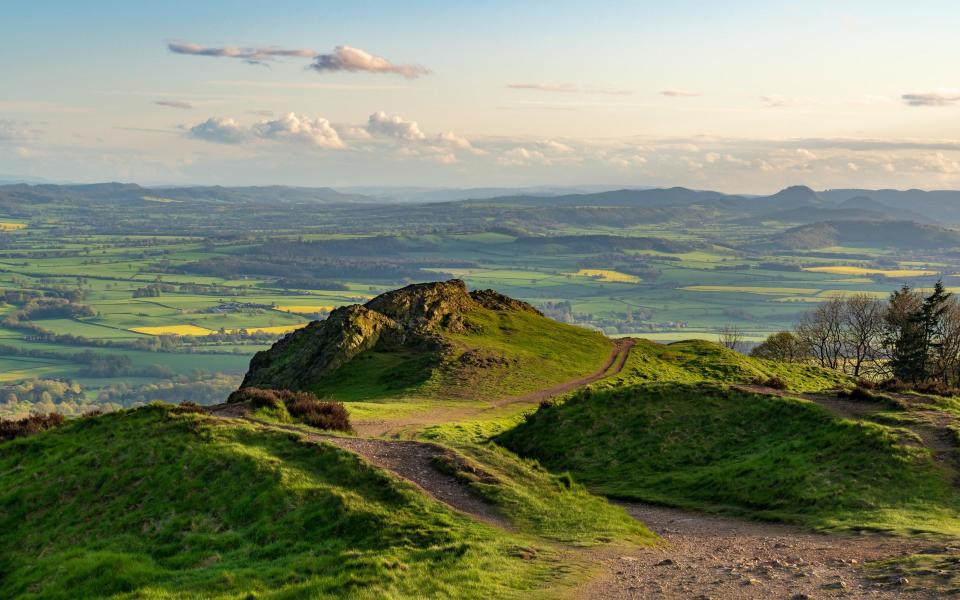
Wilder and rockier is Stiperstones, a tumble of tors and scree, while the Wrekin is the peak-baggers’ pick. This strategic stronghold on the Welsh border is guarded by numerous castles and earthworks, including a stretch of Offa’s Dyke. Most beguiling is Stokesay Castle, a fortified medieval manor house of Harry Potter-strength enchantment. Check out our guide for the best hotels in Shropshire.
However, if you are determined to visit the Lake District, then try one of these lesser known walks for size.
Paul Bloomfield
Swap London for Bristol
The creative vibrancy for which Bristol is renowned has been absent on the streets in recent months, but if ever a city rewards those who explore its hidden corners, this is it. And you don’t have the crowds of the capital, or need to take a journey on the sweaty Tube to experience the best of it.
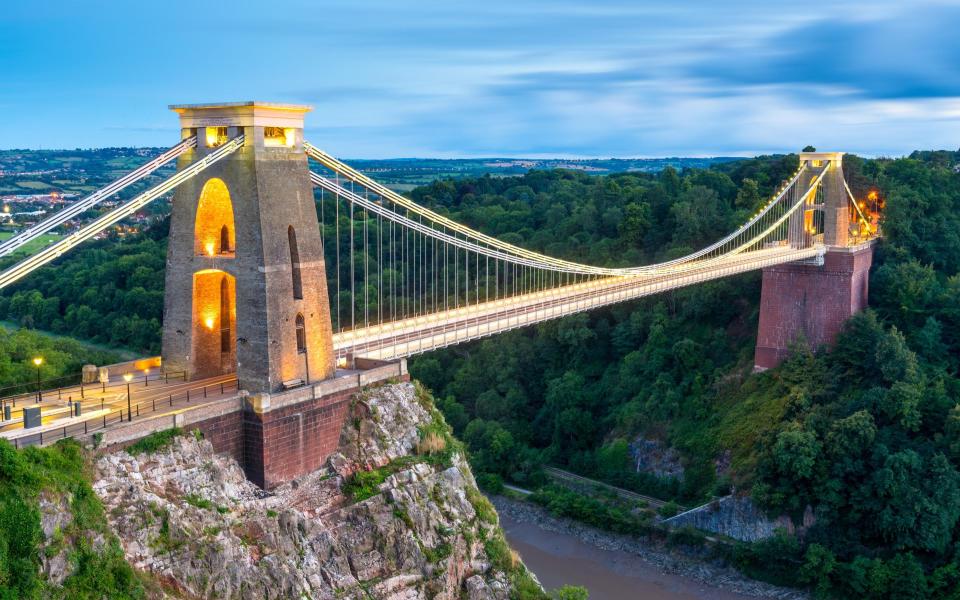
From graffiti workshops and cider tours to cutting edge art galleries and paddle boarding around Harbourside, Bristol has a bit of everything and when you add in the potent mix of its architecture, controversial history, attractions for kids from Bristol Zoo Gardens (try the Go Ape high-ropes challenge) to the new-look, soon-to-reopen We The Curious interactive centre, a vibrant music scene and some of the most creative restaurants in the country, you really are in a city that knows how to entertain and inspire. What’s more, it’s relatively compact too.
And there is a growing number of cool places to stay – the opening of the Artist Residence hotel will add further lustre to the list. So get down there Bristol fashion.
Simon Horsford
Bin Devon, and seek out a lesser-known pocket of Dorset
Take a quick look at the crowds by Durdle Door and then turn the other way, because east of this hotspot lies one of the most dramatic but underdeveloped shorelines in the country.
The eight magnificent miles between Lulworth Cove and Kimmeridge Bay sit within Dorset’s Jurassic Coast World Heritage Site but also the British Army-owned Lulworth Ranges. Firing practice limits public access to certain days (usually weekends and some holidays – check online), meaning few know about it. Fitness limits access too – the stretch of South West Coast Path here rollercoasters steeply, via crumpled cliffs, 135-million-year-old tree fossils, seabird-flocked rocks, an Iron Age hillfort and wild beaches: the broad sweep of sand at Worbarrow Bay is a lovely spot for a picnic.
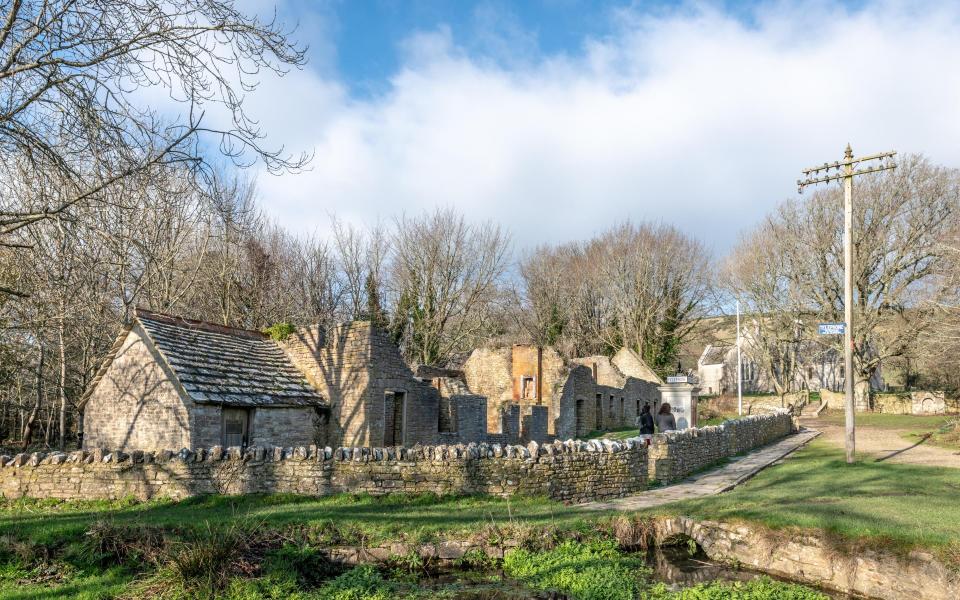
A mile inland from Worbarrow is the ‘ghost village’ of Tyneham, evacuated in 1943 by the MOD and never repopulated – detour to visit its abandoned buildings, including the exhibition in the old school. You can’t stay within the ranges, but both Lulworth and Kimmeridge have options. Kimmeridge Farmhouse, set on the hills overlooking the bay and coast, has B&B doubles from £95pn.
Sarah Baxter
Reader Service: View our pick of the best UK tours


